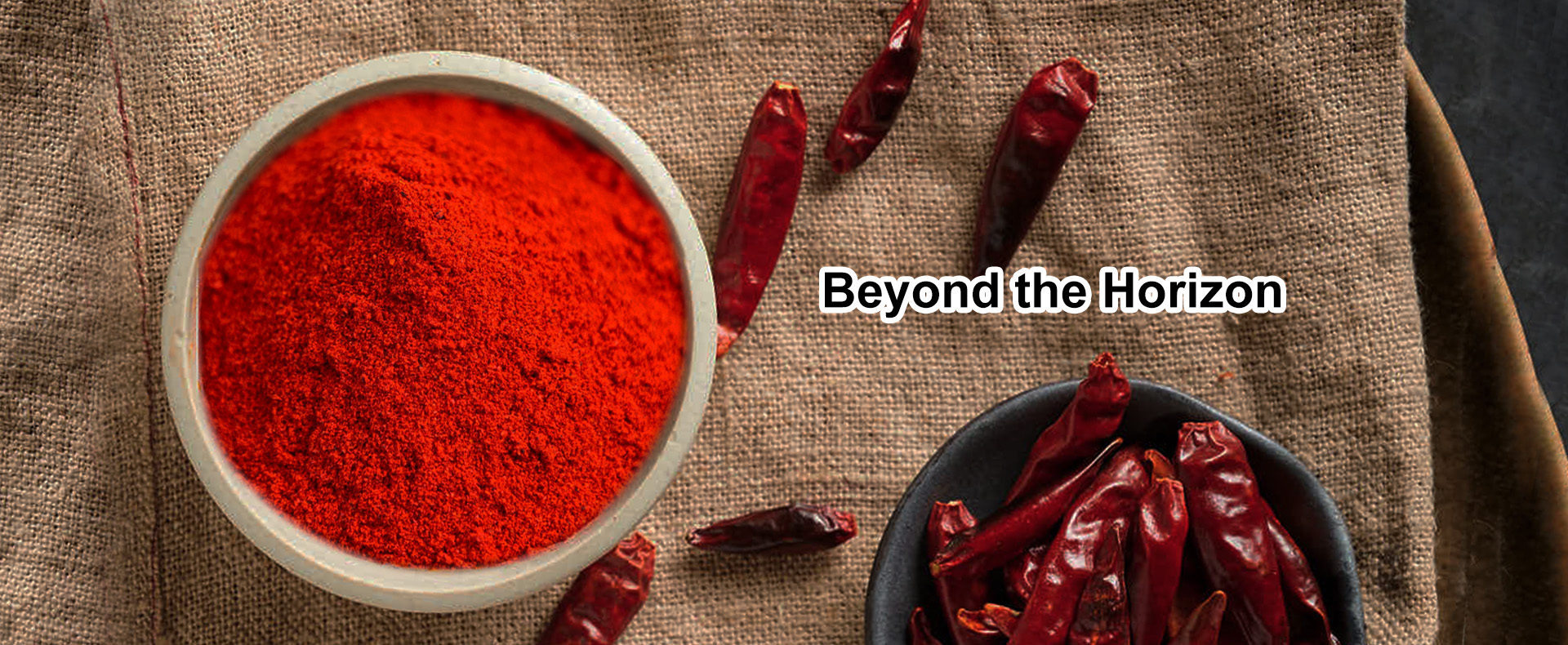- No. 268 Xianghe Street, Economic Development Zone of Xingtai city, Hebei 054001 China
- Byron@hbhongri.cn
paprika chili
Exploring the World of Paprika and Chili A Culinary Adventure
In the vibrant world of cooking, spices play a crucial role in elevating flavors, adding depth, and transforming ordinary dishes into extraordinary culinary experiences. Among the most beloved and versatile spices are paprika and chili, each bringing its unique character, taste, and history to cuisines around the globe. In this article, we delve into the fascinating world of paprika and chili, exploring their origins, varieties, uses, and the cultural significance they hold.
The Origins of Paprika and Chili
Paprika, a spice made from ground, dried bell peppers or chili peppers, has its roots deeply embedded in Hungarian cuisine. It was introduced to Europe from the Americas in the 16th century and quickly became a staple in Hungarian households. The word paprika derives from the Serbian word for pepper, and today, it is synonymous with Hungarian dishes such as goulash and paprikash. Paprika comes in several varieties, ranging from sweet to hot, and is characterized by its vibrant red color.
Chili, on the other hand, has a more widespread origin. Native to Central and South America, chili peppers were cultivated by indigenous peoples long before European contact. After Christopher Columbus brought them back to Europe, they flourished in various climates and became integral to many global cuisines, from Indian curries to Mexican salsas. The Capsicum genus, which includes various types of chili peppers, boasts an impressive range, with heat levels measured in Scoville heat units (SHU).
Different Varieties and Their Flavors
Both paprika and chili come in numerous varieties, each with distinct flavor profiles and heat levels. Paprika can be broadly classified into three categories sweet paprika, smoked paprika, and hot paprika. Sweet paprika, often used in Hungarian dishes, offers a mild, sweet flavor that enhances the color and taste of food without overwhelming it. Smoked paprika, with its distinctive smoky flavor, is a favorite among barbecue enthusiasts and adds depth to sauces and rubs. Hot paprika, as the name suggests, packs a punch and is used to add heat to various dishes.
paprika chili

Chili peppers, in contrast, come in an astonishing array of shapes, sizes, and heat levels. Common varieties include jalapeño, serrano, habanero, and ghost pepper, each contributing its unique flavor and intensity. While jalapeños provide a moderate kick with a slightly fruity flavor, habaneros offer a fruity sweetness wrapped in intense heat. On the extreme end of the scale, ghost peppers can reach over a million Scoville heat units, making them a true challenge for spice lovers.
Culinary Uses
The culinary applications of paprika and chili are virtually limitless. Paprika is often used as a finishing spice, sprinkled over dishes for both flavor and color. It can be incorporated into stews, soups, dips, and marinades, enhancing the overall complexity of the dish. In Hungarian cuisine, it is essential for creating traditional dishes that are both comforting and flavorful.
Chili, meanwhile, plays a central role in many cuisines across the globe. From spicy salsas to fiery curries, the versatility of chili peppers makes them a favorite among chefs and home cooks alike. They can be dried, pickled, or used fresh, and their heat can be tamed or intensified depending on the desired outcome. The presence of chili in a dish not only enhances the flavors but also contributes to its character and signature taste.
Cultural Significance
Paprika and chili are more than just ingredients; they represent the culinary heritage of the regions they come from. In Hungary, paprika is celebrated in festivals and is a source of national pride. In Mexico, chili peppers are foundational to the cuisine, reflecting the country’s history and identity.
Ultimately, whether you prefer the sweet warmth of paprika or the fiery heat of chili, both spices offer unique opportunities for culinary exploration. They remind us of the joy of experimenting in the kitchen and the rich tapestry of flavors that exists across cultures. So, the next time you prepare a meal, consider reaching for paprika or chili to inspire creativity and add a dash of adventure to your culinary journey.
-
Turmeric Rhizome Powder: A Golden Treasure from Roots to TableNewsJul.28,2025
-
The Versatile Application Of Crushed Red Hot Peppers: Lighting Up The Red Flames On The Dining TableNewsJul.28,2025
-
The Paprika: A Touch Of Vibrant Red In Color, Flavor, And CultureNewsJul.28,2025
-
Ground Turmeric: A Modern Examination of an Ancient SpiceNewsJul.28,2025
-
Capsicum Liquid Extract: Features, Applications, and ChallengesNewsJul.28,2025
-
Application of Capsicum Liquid Extract in FoodNewsJul.28,2025







